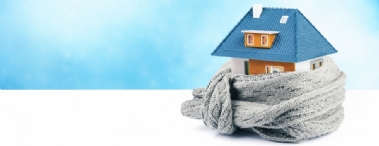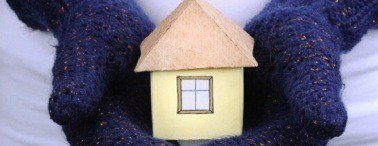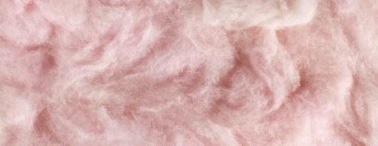
In most parts of Canada the winters are long and cold and this means that a heating source is very important for the comfort of the home. Conversely, there are parts of the country that see over 40 degree temperatures in the summer. To moderate the interior temperature of a home, insulation is a huge factor. This is not only true for comfort but is also practical. The Canadian winter can freeze water pipes whereas too much summer heat can warp and fade finishes.
House insulation does a lot to moderate the temperature of the inside of a home. The practice goes back to ancient native tribes who used to line the walls of their huts with animal skins to control the interior temperature. The Egyptians used papyrus mats for the floors and walls to block out the heat and cold, and the Inuit took advantage of the insulating qualities of snow by building igloos.
R-Values
Almost every home built in Canada for the last 100 years has insulation in the wall spaces and attics. Insulation prevents extreme cold or heat from entering the home and burdening the heating or HVAC system. New homes are required to be insulated up to the local building codes of each area. For most areas this includes a minimum of r-15 in the walls and r-40 in the attic.
An r-value is the measurement of temperature difference through an insulated material. This means that an r-15 wall would require a minimum of 5 inches of fiberglass insulation in the attic. The attic would require 12 to 15 inches to attain r-40 and this meets the requirements of an R-2000 home in Canada. An R-2000 home is the Canadian home building technique for increased energy-efficiency and attention to the environment. In essence, the R-2000 Standard is a list of technical requirements for new homes that surpass local building codes. Almost every reputable building contractor in Canada builds under the R-2000 Standard and this helps the home stay comfortable all year long with reduced fuel costs.
Insulation Materials
Installing insulation can easily be a do-it-yourself job but you'll need a helper.
Fiberglass Insulation
The most widely used insulation product in Canada is fiberglass batts. Fiberglass insulation is thin strands of glass wool that are pressed into sizes to fit 6 inch wall spaces with 16" centres, or they can be cut to fit other spaces. In the attic they can be rolled out on top of existing insulation to supplement the r-value or, in a new building, placed between the joists. Another layer is then placed perpendicular over the first layer for better protection.
For a good insulating factor at a reasonable cost fiberglass insulation is the popular choice. As for insulation costs, you can buy fiberglass insulation for $25 to $30 a bundle. This means you can beef up the insulation a bungalow attic to R-40 for between $125 and $200.
Before handling fiberglass insulation you'll need coveralls or a white chemical suit, goggles, gloves and a particle mask or respirator. The tiny particles can be harmful if breathed in and cause rashes if in contact with the skin.
Blown Insulation
Another popular insulating method is blown cellulose insulation, a product made from recycled newspaper treated with a fire retardant. Because the particles are so small they can get into the many cracks and small holes of a wall or attic to seal off drafts. The cellulose-dispensing machines look like a washing machine and come with log hose sections in order for the installer to get up into the attic. The cellulose insulation is bought in compressed bales that are broken up into chunks at the job site and fed into the machine by hand. An agitator breaks up the chunks of cellulose into fine particles that are then fed into the blower. The cellulose is fluffed with air and forced through a long hose into the attic.
As a do-it-yourself job, blown insulation requires two people. One person remains outdoors with the machine, breaks up the compacted cellulose into small chunks and feeds them into the hopper. His or her partner operates the blower with a long remote control and guides the nozzle of the hose in getting the insulation to where it needs to go.
Although cellulose insulation has a similar r-value to fiberglass insulation cellulose cannot get wet or it will compress and lose its r-value. The other drawback is that it is hard to find utilities like plumbing or electrical wiring after being covered with cellulose particles. The insulation cost is approximately $10 a bale plus $50 for the rental of the machine. You should be able to add enough cellulose to the exiting insulation in the attic to R-40 for under $200.
If a do-it-yourself insulating project is not for you consult our Contractor Directory for a professional insulation contractor or simply post your project on line at www.trustedpros.ca and a contractor will contact you.
Posted by: TrustedPros





